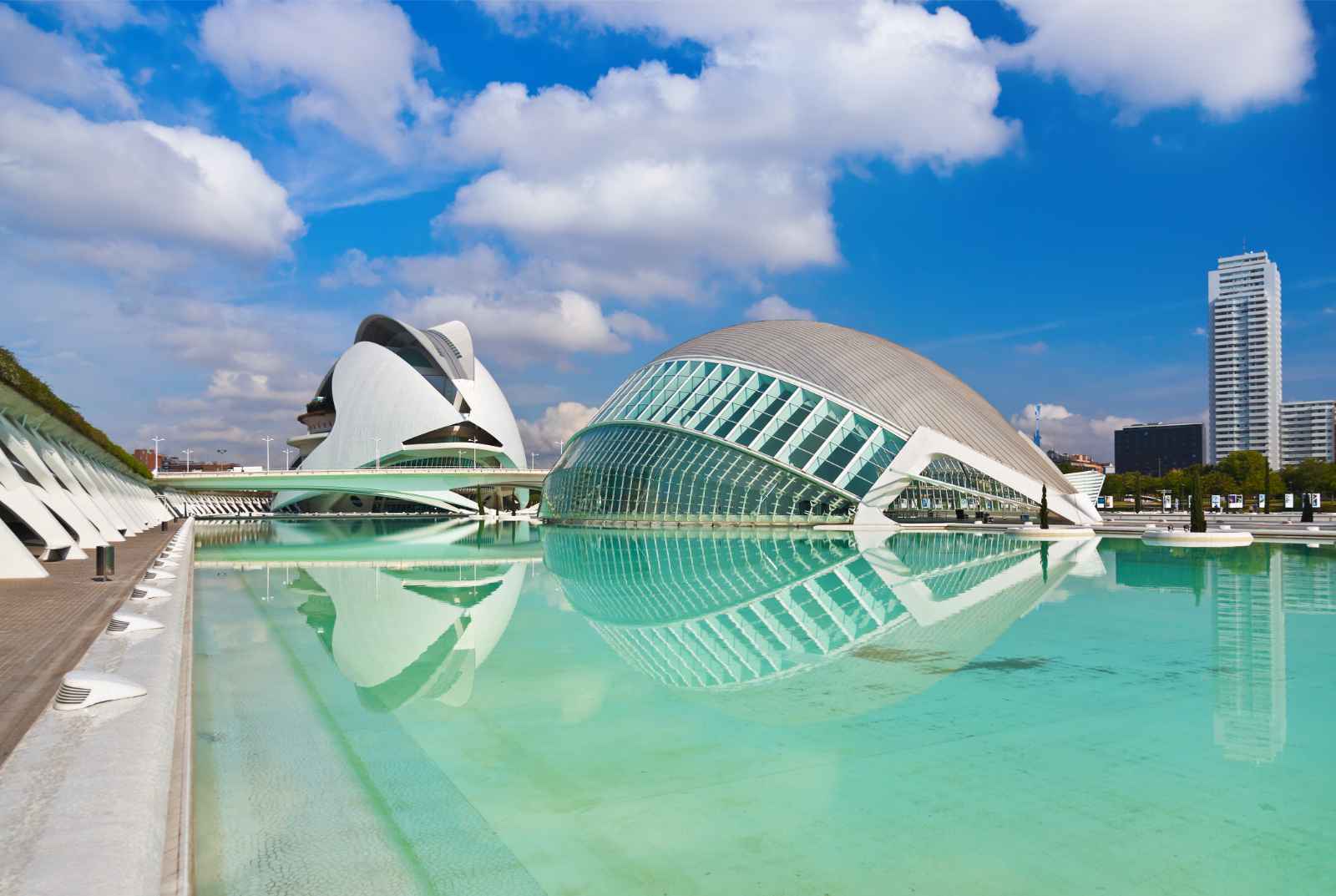


Location: Spain is a country located in southwestern Europe, occupying the majority of the Iberian Peninsula.

Population: Spain is home to over 47 million people.
Capital City: The capital city of Spain is Madrid.
Official Language: The official language of Spain is Spanish (also known as Castilian).
Government: Spain is a parliamentary constitutional monarchy. It has a King (or Queen) as the head of state and a Prime Minister as the head of government. The government is divided into three branches: executive, legislative, and judicial.
Literacy: Spain has a high literacy rate, with nearly 98% of the population being able to read and write.
National Symbols:


Religion: The majority of the population in Spain identifies as Roman Catholic. However, Spain is a secular state, and there is religious freedom, with small communities of Muslims, Protestants, and other faiths.
Currency: The currency used in Spain is the Euro (EUR).

Geography:
Wildlife:
Climate:
History:
Culture:

National Park: Spain has several national parks and protected areas, including Picos de Europa National Park, Teide National Park, and Doñana National Park, which are known for their stunning natural landscapes, biodiversity, and outdoor recreational opportunities.
National Games: Football (soccer) is the most popular sport in Spain, with a passionate fan base and successful professional leagues like La Liga. Other popular sports include basketball, tennis, and bullfighting.

Festivals: Spain is known for its vibrant and colorful festivals celebrated throughout the year. Some of the most famous festivals include La Tomatina (tomato throwing festival), Feria de Abril (April Fair), San Fermín (running of the bulls), and Semana Santa (Holy Week).
Transportation: Spain has a well-developed transportation network, including high-speed trains (AVE), highways, ports, and airports. Major cities like Madrid and Barcelona have efficient public transit systems, including metro and bus services.
Multiculturalism: Spain has a diverse population with people from various ethnic and cultural backgrounds, including immigrants from Latin America, North Africa, and other parts of Europe. Spanish society values cultural diversity and tolerance.
Inventions: Spain has made significant contributions to various fields throughout history, including art, literature, architecture, and science. Some notable Spanish inventions include the modern printing press (by Johannes Gutenberg), the electric guitar (by Andrés Segovia), and the mop and bucket (by Manuel Jalón Corominas). Additionally, Spanish scientists and engineers have made advancements in fields such as renewable energy, medicine, and aerospace technology.
© 2023 World Travel